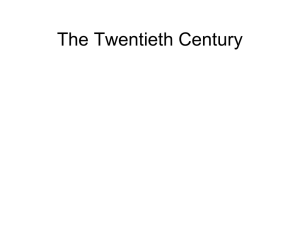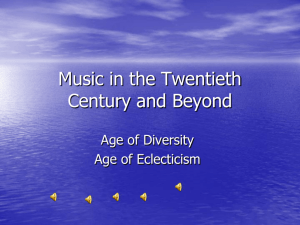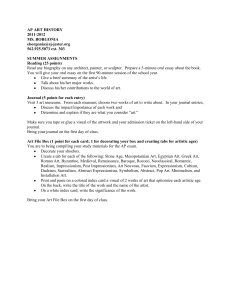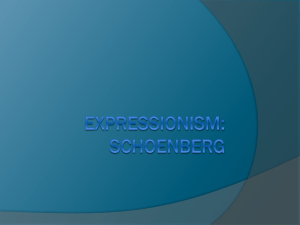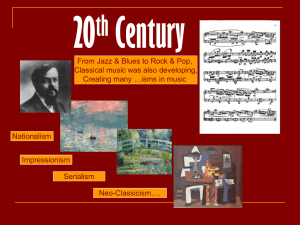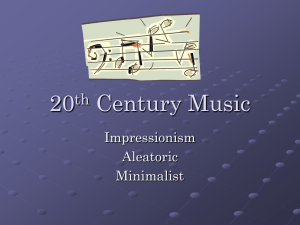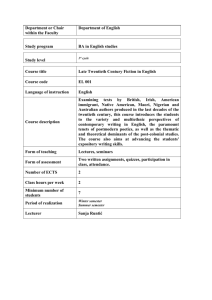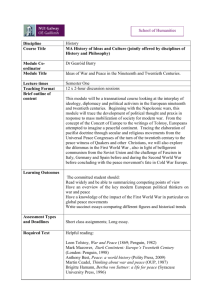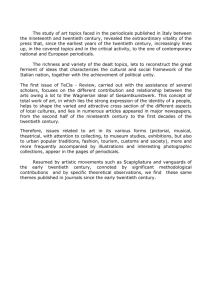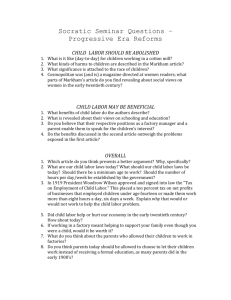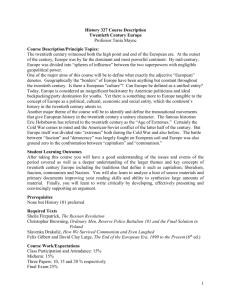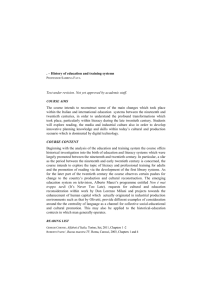Impressionism - La Salle University
advertisement
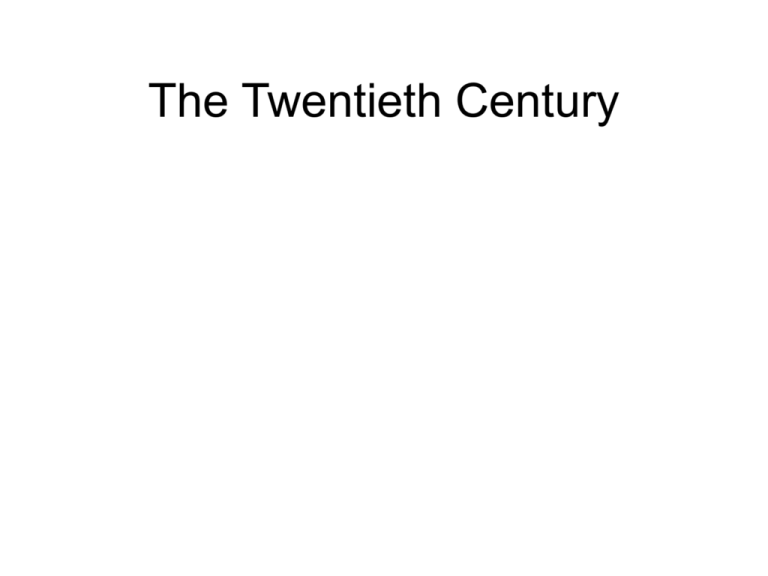
The Twentieth Century Twentieth Century Music • The Common Practice Period is now over. • Composers (and listeners) must now find something other than key to organize their music. • The “Organization of Sound in Time” Musical style of the Twentieth Century. • Harmony - much more dissonant, now that we have left Common Practice • Melody - angular, disjunct, harder to discern - maybe not primary importance Musical style of the Twentieth Century. Duration - rhythm is the feature that has been the most changed by 20th century music Dynamics - volume changes are sometimes the only constant in the form! Timbre - many new sounds are created. Most notably: traditional instruments used in nontraditional ways Musical style of the Twentieth Century. Form - very often, the forms in use during the 20th century mirror those of earlier times. However, new forms are also being created. Impressionism QuickTime™ and a TIFF (Uncompressed) decompressor are needed to see this picture. Claude Monet Impression: Sunrise Impressionism • French movement • Started in painting • An objective, detached snapshot of an external moment. “Blurry” - no clear lines • Explored light colors and textures especially sunlight over water Impressionism • Musical similarities: • “Blurry” - no clear lines (line is melody or meter) • Explored light colors and textures woodwind instruments and unusual combinations of timbre Claude Debussy • 1862-1918 • Weakening of tonality by use of parallel chords and whole-tone scales • Large orchestra, but not all used at once • Clair de Lune - piano. Non metric Expressionism QuickTime™ and a TIFF (Uncompressed) decompressor are needed to see this picture. • Vasily Kandinsky, Blue Mountain Expressionism • German movement • Subjective look at an individual’s internal struggles and strife • Also started in painting • Explored bold colors, harsh dissonances, abstract (form without content) images Expressionism • Musical similarities • Explored bold colors, harsh dissonances - harsher instrumental combinations, very weak sense of tonality - sometimes “atonal” (absence of tonality). Very abrupt harmonies and melodies. Arnold Schoenberg • 1874-1951 • Following the German tradition of weakening harmony, polyphonic texture. • Weakened tonality by creating the 12tone Serialism method of composition. • He and his followers are called the “Second Viennese School”. Serialism • 12-tone music (dodecaphonic serialism) • More rational control of the finished product • All 12 pitches are used once, no repeats, no omissions. • All 12-tone music is atonal, but not all atonal music is 12-tone. 180 Farben by Gerhard Richter 180 Farben by Gerhard Richter • • 27 June 2001 Sotheby's London Contemporary Art - Part I, Lot 25 Estimate: £ 600,000 - 800,000 US$ 825,082 - 1,100,110 Sold: £ 1,818,500 US$2,572,864 4096 Farben by Gerhard Richter 4096 Farben by Gerhard Richter 11 May 2004 Christie's New York Post-War and Contemporary Art Estimate: US$ 3,000,000 - 4,000,000 Sold ( Premium): US$ 3,703,500 Igor Stravinsky • (1882-1971) • Russian composer active in Paris • Wrote music for Rite of Spring ballet (1913) • French audience rioted at its premiere! Primitivism • Implies something “crude and unrefined” • Bold clashing and pounding rhythms sometimes several meters at once! • Dissonant harmonies • Ostinato (motives repeated over and over) • Use of Russian folk tunes Rite of Spring QuickTime™ and a TIFF (Uncompressed) decompressor are needed to see this picture. Commerical vs Art Music • Split that occurs for the first time in the 20th century • Commercial music - music created primarily with profit as its driving force. • Art music - music that is not created primarily for profit. Modern vs traditional • Modern - serial, atonal, musique concrete, etc. • Traditional - Neoclassical. Composers follow forms from previous periods. Sonata allegro form, sonata cycle, fugue, etc. Tonal vs atonal • Some 20th century art music is still written with a heavy emphasis and awareness of key. Key relationships are still built and explored. • NOT ALL 20th CENTURY MUSIC IS ATONAL!! More control vs less control • More rational control over the final composition. Serialism - the pitches are already determined before the composition is started. • Less rational control - Indeterminacy. The work is different with each performance. Indeterminacy • Something about the work is left to chance • Aleatoric music “Alea” means “roll of the dice” • “In C” by Terry Riley • Unanswered Question by Charles Ives John Cage (1912-1992) • 4’33”
